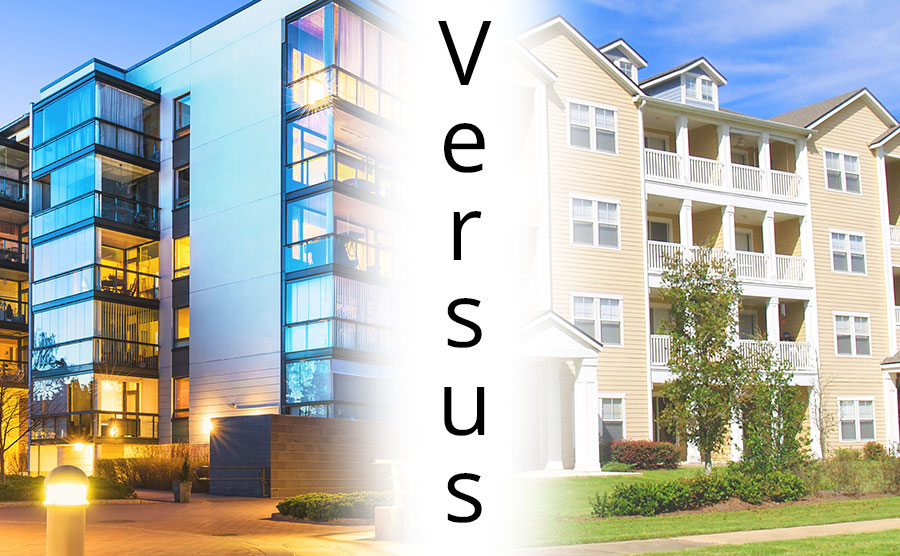Which Cities have the Greatest Difference Between Luxury and Non-Luxury Rent Rates?

While luxury apartment rent growth has out-paced that of your run-of-the-mill community over the past three years, an abundance of new Class A product hitting the market could mean that it’s time for Class B and Class C rent growth to shine.
This is according to new research from RENTCafé, which looked at the rent discrepancy between luxury and non-luxury apartment units across the country. Looking at the nation as a whole since 2Q 2013, the research found that luxury apartment rent growth has outpaced non-luxury rent growth by 1.5% — or 19% rent growth for luxury rents compared to 17.5% for non-luxury rents.
But upon examining a shorter timeframe over the past year, we see a role reversal. Since 2Q 2015, luxury apartment rents have only increased 4.7%, while non-luxury apartment rents increased 5.8%. Is this datapoint a blip, or a hint at a long-term reversal? Only time will tell, though when you consider that 3 out of every 4 new apartment units built were luxury construction, it makes sense for rent growth to slow down at the upper end of the market tier due to increased supply.
Let’s now examine which 25 cities (with a population of 250,000 or greater) have the largest difference in their luxury and non-luxury rent rates.
(Note: The following list is in descending order, where the percentage amount next to the name of the metro is how much greater luxury rents are than non-luxury rents.)
(Source: RENTCafé)
After taking a look at the chart above, you might be thinking to yourself: “Some of those average non-luxury rents seem rather high.” And you’re right.
Keep in mind that the most recent Harvard Joint Center for Housing Studies (JCHS) report found that there were 3.6 million more cost-burdened renters (those paying 30% or more of income towards rent) today compared to 2008.
And since multifamily demand drivers are only improving, the need for safe, clean and affordable rental housing should only increase.

